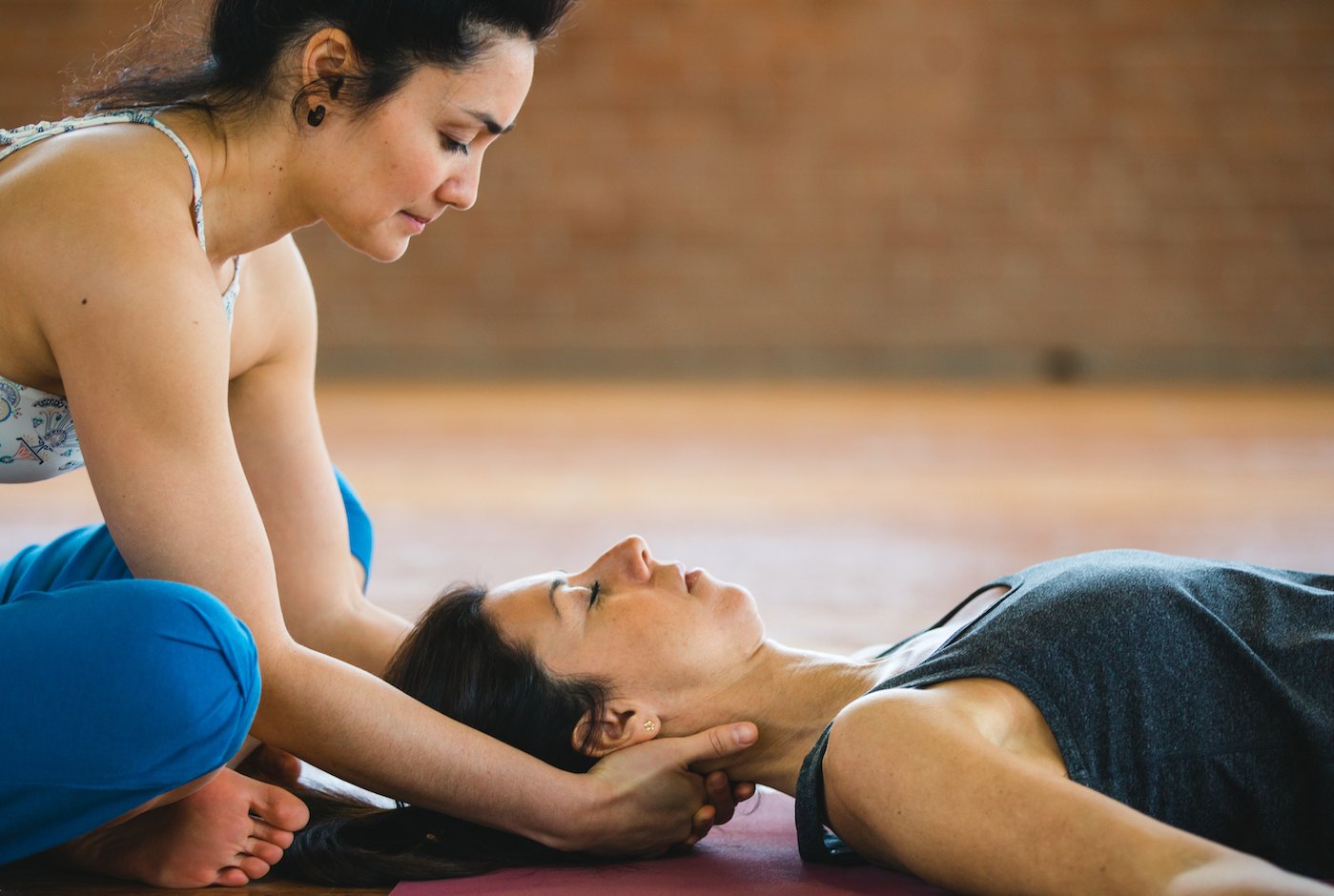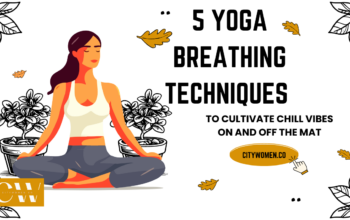
September 07, 2019 at 10:00PM by CWC
Of the holistic healing modalities gaining in popularity—acupuncture, healing stones, qigong meditation, to name a few—reiki remains one of the most opaque. And if you’ve seen reiki therapy performed, with a practitioner hovering their hands a few inches above the person they’re treating, it can seem pretty out there.
So, I asked a few reiki experts to break down the practice for me, including how to do reiki on yourself.
What is reiki?
“Reiki is an alternative therapy commonly referred to as energy healing,” says Leslie Saglio, life coach, reiki practitioner, and yoga instructor. “It was introduced in 1920 by a Buddhist monk [named Mikao Usui] in Japan. Then it was brought to the U.S. through Hawaii in the 1940s and then to Europe in the 1980s. The word reiki itself comes from the Japanese language. Rei means universal consciousness, and ki means life force energy.”
On her website, reiki master Kelsey Patel describes the practice by writing, “Everything in life is, on a scientific level, made up of energy. Your body is made of energy. Everyone is energy. And, as energy, we have the ability to emit and absorb energy as well.” Following that philosophy, during a reiki session, a practitioner will either place their hands directly on the client’s body or let hover them above the body in order to channel the life force energy through their hands. “It allows any stuck or stagnant energy to basically release itself,” Saglio says.
ADVERTISEMENT
ADVERTISEMENTKate Spade Autumn/Winter Sale |
According to its practitioners and followers, reiki energy can also cross time and space, which means it can be given from one person to another remotely as well. Saglio compares it to the power of prayer and how it can affect someone who is not near you. “You’re able to give healing with an intention and a thought flowing to them,” she says.
What can reiki help with?
If you ask this question of a reiki practitioner, as I did to Nina Endrst, they’ll likely give the same answer she did: “Everything.”
However, while their have been a few small clinical studies to examine reiki’s ability to treating pain, anxiety, and depression—with some indicating that reiki therapy may be effective in these areas—the National Center for Complimentary and Integrative Health is quick to point out, “most of the research has not been of high quality, and the results have been inconsistent.” The NCCIH adds, “There’s no scientific evidence supporting the existence of the energy field thought to play a role in reiki.”
And even reiki practitioners who claim reiki can alleviate physical pain, help process grief, uplift your energy, increase motivation, and heal trauma, as Saglio tells me, agree that reiki therapy is not meant to replace medical treatment, but rather should be used to compliment other healing methods.
How do you do reiki on yourself?
Technically, you can’t do reiki—on yourself or anyone else for that matter—until you’ve completed a reiki level 1 training. During the training, a reiki master will “attune you” with symbols and transfer reiki energy to you. “When you get attuned, your energy field changes,” Endrst says. “It’s basically raising your vibration.”
After taking a level 1 training, which usually costs a few hundred dollars, you’ll forever have reiki as a tool in your healing toolbox and can practice it on yourself, friends, family, and animals, Saglio says. (If you’re interested in practicing reiki therapy professionally, you’ll need to complete additional trainings.)
ADVERTISEMENT
ADVERTISEMENTSports Direct Free Delivery on All Orders! |
Once you have been attuned, master reiki practitioner and holistic nutrition consultant Jennifer Miller recommends doing reiki on yourself by lying down and using a prayer to call in the reiki energy. You’ll set an intention to let the reiki go wherever it needs to go for your highest good. Using the hand positions that you’re taught in training (for example, over your eyes, on your chest, or on your stomach), you can then spend a few minutes giving reiki to each of your chakras, from the crown chakra at the top of the head all the way down to your root chakra.
Alternatively, Endrst recommends doing reiki on yourself by putting one hand on your solar plexus, located right above your navel, and one on your heart, palms down, which she says is great for generalized anxiety.
Just like anything else, reiki is a practice. Both Saglio and Miller recommend making it a daily ritual as part of your spiritual and self-care routine, even if it’s just 5-10 minutes each day. “That is how the energy becomes stronger and you become more familiar with how to use it,” Miller says. Once you gain more experience, you can then listen to your intuition and give reiki to yourself wherever you feel like you need it, Endrst says.
So how does reiki feel?
It depends. Everyone experiences reiki differently. Some people might say they experience otherworldly spiritual things, like seeing spirit guides. Others don’t feel much of anything, Miller says.
Saglio describes it as deep form of relaxation similar to what you’d feel during a massage or acupuncture session. You might also feel your hands heat up—if you’re the one giving the reiki, that is—and just have a general grounding feeling, Endrst says.
Although I personally haven’t taken reiki level 1 and thus can’t give reiki to myself, I have had distance reiki done. While I can’t say for sure if any healing happened—at least not yet—I can definitely attest to it being deeply relaxing. And I mean, deeply. I was in such a meditative state that I may or may not have fallen asleep. I’m not too sure. I don’t know if it was the reiki or the power nap, but I emerged feeling ten times more rested and grounded.
Author Jessica Estrada | Well and Good
Selected by CWC
ADVERTISEMENT
ADVERTISEMENTUp to 30% off Gift Sets |





